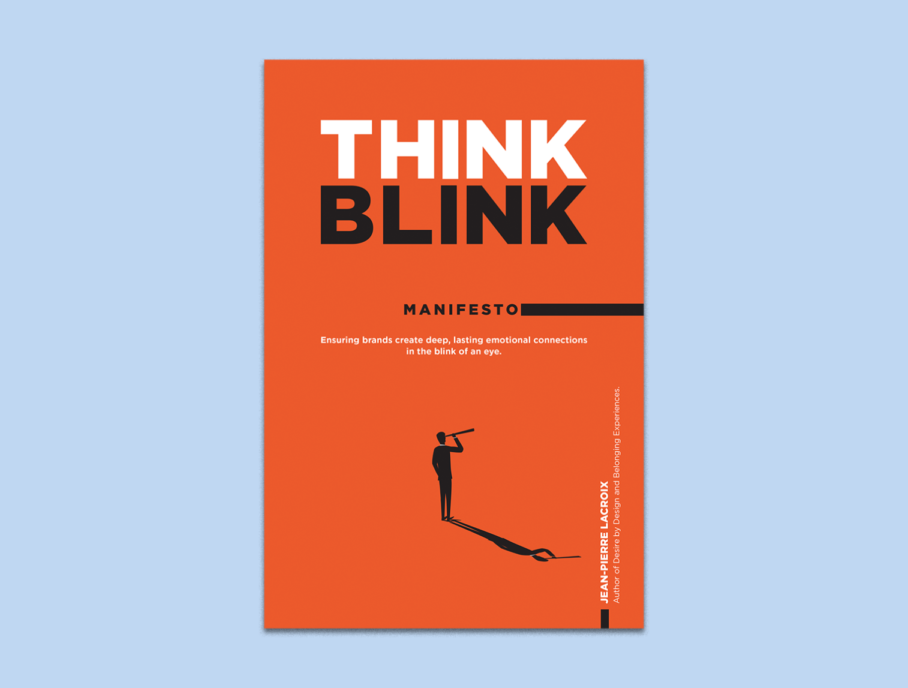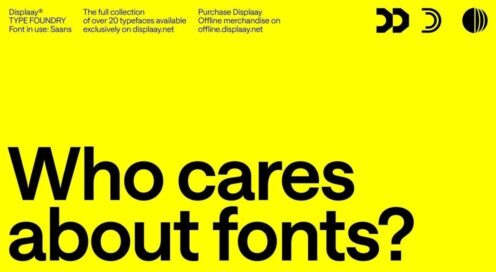Driving client success with emotion and simplicity
Written by Jean-Pierre Lacroix RGD
Designers often struggle to defend their ideas from a business client's perspective. Many of the insights found in the ThinkBlink Manifesto book's seven tenets help support that design is truly a business tool that helps brands connect at a deep emotional level. By leveraging the seven tenets, designers shift the power from executors to experts, gaining a proven framework for building client trust, shifting the discussion from functional needs to emotional connections.
Elevate design from decoration to strategy
For more than thirty years in the creative industry, one challenge has remained constant: clients often evaluate design through a strictly analytical lens, prioritizing logic over emotional impact. Too often, design is treated as a decorative finish rather than a driver of growth. The ThinkBlink philosophy reframes this perspective by positioning design as a strategic tool. Through workshops that uncover an emotional brand promise, clients see how design drives measurable business outcomes and creates meaningful connections, shifting the conversation from subjective taste to business problem-solving.
Own one emotion, win in a blink
Clients often crave differentiation yet settle for incremental tweaks. The ThinkBlink tenets help them identify a single emotional word they want customers to associate with their brand—such as “confidence” or “belonging.” Designers can then map colour, shape and language across every touchpoint to signal that emotion instantly and consistently.
Ruthless simplicity for fast decisions
Whether applied to a website, app, identity, package or retail space, design must acknowledge that consumers decide in moments, not minutes. Stripping away non-essentials—from logos to messaging—creates fast mental shortcuts that foster instant recognition. Shelf tests and digital prototypes often prove that less truly is more, tracking consumer selection speed as evidence.
Build community, not just buyers
ThinkBlink reframes audiences as communities rather than transactions. By using the tenet of belonging, designers can encourage loyalty through experiences such as signature packaging, shared rituals or events. Iconic brands demonstrate that long-term success comes from creating movements, not just driving purchases.
Measure and optimize emotional impact
What gets measured gets improved. Moving beyond conventional research, designers can deploy sentiment tracking, online surveys or AI-powered emotion analysis to gauge real-time reactions. These tools show not only what people say but how they feel, creating a richer understanding of design’s impact.
Why should designers care?
When designers bring the ThinkBlink Manifesto to clients, they position themselves as strategic partners. This approach helps build loyalty, command stronger fees and secure longer client relationships rooted in measurable impact. The result? Work that is beautiful, memorable, meaningful and indispensable to both clients and customers.
Tag
Related Articles
















